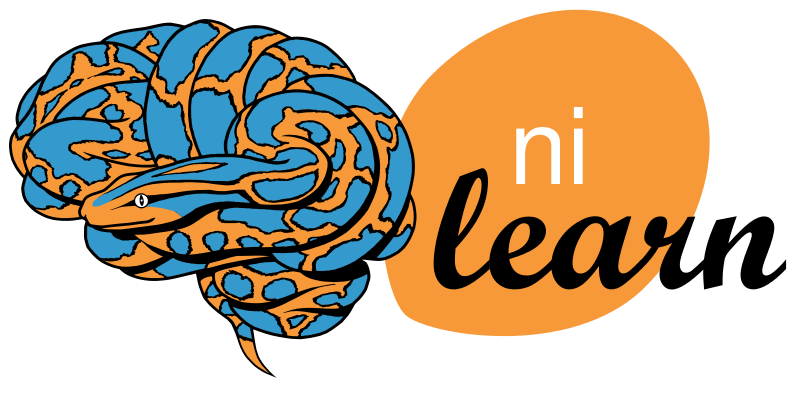3.3. Extracting resting-state networks with ICA¶
Page summary
This page demonstrates the use of multi-subject Independent Component Analysis (ICA) of resting-state fMRI data to extract brain networks in an data-driven way. Here we use the ‘CanICA’ approach, that implements a multivariate random effects model across subjects.
References
- G. Varoquaux et al. “A group model for stable multi-subject ICA on fMRI datasets”, NeuroImage Vol 51 (2010), p. 288-299
3.3.1. Data preparation: retrieving example data¶
We will use sample data from the ADHD 200 resting-state dataset has been preprocessed using CPAC. We use nilearn functions to fetch data from Internet and get the filenames (more on data loading):
from nilearn import datasets
adhd_dataset = datasets.fetch_adhd()
func_filenames = adhd_dataset.func # list of 4D nifti files for each subject
# print basic information on the dataset
print('First functional nifti image (4D) is at: %s' %
adhd_dataset.func[0]) # 4D data
3.3.2. Applying CanICA¶
CanICA is a ready-to-use object that can be applied to
multi-subject Nifti data, for instance presented as filenames, and will
perform a multi-subject ICA decomposition following the CanICA model.
As with every object in nilearn, we give its parameters at construction,
and then fit it on the data.
from nilearn.decomposition.canica import CanICA
n_components = 20
canica = CanICA(n_components=n_components, smoothing_fwhm=6.,
memory="nilearn_cache", memory_level=5,
threshold=3., verbose=10, random_state=0)
canica.fit(func_filenames)
# Retrieve the independent components in brain space
components_img = canica.masker_.inverse_transform(canica.components_)
# components_img is a Nifti Image object, and can be saved to a file with
# the following line:
components_img.to_filename('canica_resting_state.nii.gz')
The components estimated are found as the components_ attribute of the object.
3.3.3. Visualizing the results¶
We can visualize the components as in the previous examples.
# Show some interesting components
import matplotlib.pyplot as plt
from nilearn.plotting import plot_stat_map
from nilearn.image import iter_img
for i, cur_img in enumerate(iter_img(components_img)):
plot_stat_map(cur_img, display_mode="z", title="IC %d" % i, cut_coords=1,
colorbar=False)
plt.show()
See also
The full code can be found as an example: Group analysis of resting-state fMRI with ICA: CanICA
Note
Note that as the ICA components are not ordered, the two components displayed on your computer might not match those of the documentation. For a fair representation, you should display all components and investigate which one resemble those displayed above.


